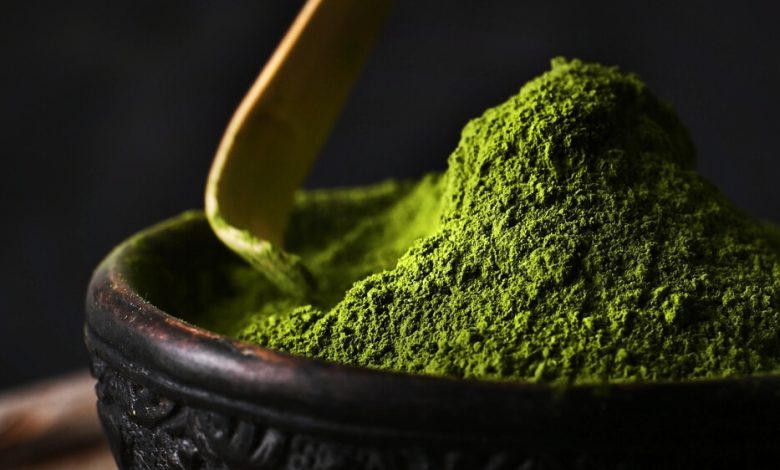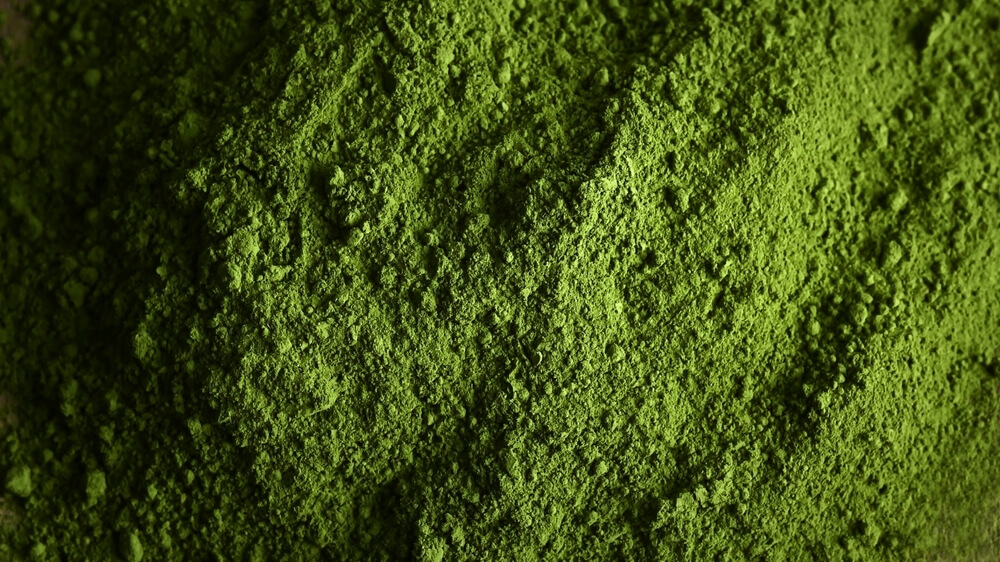What Does Matcha Taste Like? An In-Depth Exploration of Flavor and Experience

Matcha, a finely ground green tea powder, captivates tea enthusiasts worldwide. What does matcha taste like? It has a unique flavor profile with distinctive sweetness, umami richness, and subtle bitterness. Factors like quality and preparation methods influence its taste. We compare matcha to other teas to highlight its uniqueness and explore its versatile culinary uses. Whether you’re a seasoned connoisseur or new to this vibrant green tea, this guide will help you appreciate matcha’s complex flavors.
Understanding Matcha and Its Unique Flavor Profile
Matcha, a finely ground powder made from specially grown and processed green tea leaves, has been a staple in Japanese culture for centuries. But what is matcha, and what does matcha taste like? To truly appreciate this unique beverage, it’s essential to understand its distinct flavor profile.
Matcha’s flavor is often described as rich and complex. The first sip typically reveals a savory umami taste, which is one of the five basic tastes alongside sweet, sour, bitter, and salty. This umami quality gives matcha its characteristic depth and fullness. Following the initial umami burst, you might notice a slight sweetness that balances the overall experience without overpowering it.
Another key aspect of matcha’s flavor is its vegetal undertone. This grassy note comes from the high chlorophyll content in the tea leaves due to their shading before harvest. This process not only enhances the vibrant green color but also contributes to its fresh, earthy taste.
To fully enjoy an introduction to matcha tea, it’s important to prepare it correctly. Traditional preparation involves whisking the powder with hot water until frothy using a bamboo whisk known as a chasen. This method ensures that all elements of matcha’s unique flavor profile are well-incorporated and can be savored with each sip.
Understanding what does matcha taste like involves appreciating its umami richness balanced by subtle sweetness and vegetal notes. Whether you’re new to this ancient tea or looking to deepen your appreciation for it, exploring these flavors can offer a rewarding sensory experience.
The Core Elements of Matcha’s Taste (Sweetness, Umami, and Bitterness)

When it comes to the flavor profile of matcha, three core elements stand out: sweetness, umami, and bitterness. Understanding these components can enhance your appreciation for this unique tea.
Sweetness in matcha is subtle yet distinct. High-quality matcha often has a natural sweetness that balances its other flavors. This sweetness is not overpowering but provides a smooth and pleasant taste that lingers on the palate.
Umami taste in matcha is another defining characteristic. Umami, often described as a savory or broth-like flavor, adds depth and richness to the tea. This element makes matcha more complex and satisfying, contributing to its overall appeal.
Bitterness in matcha tea is also present but should be well-balanced with the other flavors. A slight bitterness can add an interesting layer to the taste experience without being overwhelming. The key is finding high-quality matcha where the bitterness complements rather than dominates the flavor profile.
Together, these elements create a harmonious blend that defines the unique taste of matcha. Whether you’re new to this vibrant green tea or a seasoned enthusiast, recognizing these core components can deepen your enjoyment and understanding of what makes matcha so special.
Factors Influencing the Taste of Matcha (Quality and Preparation Methods)
When it comes to matcha, the quality and preparation methods play crucial roles in determining its taste. Understanding these factors can greatly enhance your matcha-drinking experience.
High-quality vs low-quality matcha taste difference: The difference in taste between high-quality and low-quality matcha is significant. High-quality matcha, often referred to as ceremonial grade, has a vibrant green color and a smooth, sweet flavor with subtle umami notes. On the other hand, low-quality or culinary grade matcha tends to have a duller color and a more bitter, astringent taste due to lower quality leaves being used.
How preparation affects matcha flavor: The way you prepare your matcha also influences its flavor profile. Using water that is too hot can scorch the delicate tea powder, resulting in a bitter taste. Ideally, water temperature should be around 175°F (80°C). Additionally, whisking technique matters; using a traditional bamboo whisk (chasen) helps create a frothy texture that enhances the overall experience by mixing air into the tea.
Ceremonial grade vs culinary grade matcha: Ceremonial grade matcha is made from the youngest tea leaves and is intended for traditional tea ceremonies or drinking straight with water. It offers superior flavor and smoothness compared to culinary grade matcha, which is made from older leaves and is typically used for cooking or baking due to its stronger flavor profile.
Both the quality of your matcha powder and how you prepare it are fundamental in achieving that perfect cup of this revered green tea. By paying attention to these factors, you can fully appreciate the nuanced flavors that make matcha so special.
Comparing Matcha to Other Teas
When comparing matcha to other teas, it’s essential to understand what sets it apart. Matcha is a finely ground powder made from specially grown and processed green tea leaves. Unlike traditional green tea, where the leaves are steeped in water and then discarded, matcha involves consuming the entire leaf. This means you get a more concentrated dose of nutrients and antioxidants.
The taste profile of matcha vs green tea is another distinguishing factor. Matcha has a rich, creamy texture with a slightly sweet and umami flavor, whereas regular green tea tends to be lighter and more vegetal. When comparing teas with unique flavors like genmaicha or hojicha, matcha stands out for its boldness. Genmaicha combines green tea with roasted brown rice, offering a nutty flavor that contrasts sharply with matcha’s smoothness. Hojicha is roasted green tea that boasts a smoky, caramel-like taste that is quite different from the vibrant earthiness of matcha.
Overall, what makes matcha stand out in the crowded world of teas is its unique preparation method and distinctive flavor profile that offers both complexity and depth unmatched by other varieties like genmaicha or hojicha.
How Matcha’s Flavor Enhances Various Dishes and Beverages (Culinary Uses)
Matcha, a finely ground powder of specially grown and processed green tea leaves, has found its way from traditional Japanese tea ceremonies into a myriad of culinary applications. Its unique flavor profile (earthy, slightly sweet, and umami-rich) makes it a versatile ingredient in both sweet and savory dishes.
In the realm of cooking and baking, matcha can be used to elevate the flavor and visual appeal of various treats. Matcha-infused cakes, cookies, and pastries not only gain a distinctive green hue but also benefit from the subtle depth of flavor that matcha imparts. For example, matcha can be incorporated into cheesecake recipes for an intriguing twist or added to pancake batter for an energizing breakfast option.
Smoothies and lattes are perhaps some of the most popular ways to enjoy matcha outside traditional tea preparation. Adding matcha powder to smoothies provides a natural energy boost while enhancing the drink with antioxidants. Similarly, matcha lattes offer a creamy yet invigorating alternative to coffee-based beverages; when combined with milk or plant-based alternatives like almond or oat milk, they create a harmonious blend that’s both refreshing and nourishing.
Savory recipes also benefit from the inclusion of matcha powder. It can be used as a seasoning in marinades for fish or chicken, adding an unexpected layer of complexity. Additionally, incorporating matcha into salad dressings or sauces can provide an earthy counterbalance to more acidic ingredients.
Overall, using matcha in cooking and baking opens up endless possibilities for culinary creativity. Whether you’re looking to enhance your morning smoothie or experiment with new savory dishes, this versatile green tea powder is sure to add both flavor and nutritional benefits to your meals.
How to Develop a Palate for Appreciating Matcha’s Complex Flavors (Tasting Tips)
Developing a palate for appreciating matcha’s complex flavors involves a mindful approach to tasting and savoring this unique tea. For beginners, it’s essential to start with high-quality matcha, as its superior taste can significantly enhance your experience. Here are some tasting tips to help you on your journey:
- Start with the Basics: Begin by preparing a traditional bowl of matcha using the recommended amount of powder and water. This will give you a baseline understanding of its flavor profile.
- Savor Slowly: Take small sips and let the liquid linger in your mouth before swallowing. This allows you to fully experience the nuances of high-quality matcha, from its initial grassy notes to its subtle sweetness and umami finish.
- Engage Your Senses: Pay attention to the aroma as well as the taste. The scent of freshly whisked matcha can provide clues about its flavor characteristics.
- Experiment with Temperature: Try tasting matcha at different temperatures (slightly cooler or warmer) to see how it affects the flavor intensity and texture.
- Pairing Practice: Experiment with pairing matcha with various foods like sweet treats or savory snacks to discover new ways to enjoy its taste.
By following these tips, you’ll be well on your way to savoring the intricate flavors that make high-quality matcha such a revered beverage around the world.


